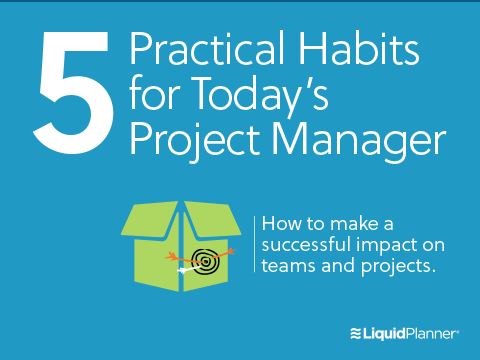Mae West once said “An ounce of performance is worth pounds of promises.” Real success is built from a combination of talent, innovation, effort and commitment. Here are seven factors that positively influence team performance, and tips for incorporating them into your workplace.
Support innovation.
To stay ahead, innovation is required. The most successful businesses are those that remain flexible and innovative and build on current successes without consistently overtaxing their teams. It can be difficult to demand innovation and creativity, but you can help set up a workplace that supports them. Ideas flow more readily in a relaxed and agile work environment.
Allow team members to work when they feel most productive, whether that’s the middle of the night or 5 a.m. Encourage regular breaks and informal brainstorming sessions. Celebrate breakthroughs, and don’t get hung up on attempts that didn’t succeed.
Leadership matters.
Innovation comes from inspiration. Teams must be led by managers that go beyond balancing budgets and schedules. The strongest leaders set goals, priorities and roles for their teams, and encourage each team member to achieve their personal best while keeping strategic goals in mind.
Leaders must be clear on vision, know where the team is going and have a clear idea of how individual efforts lead to accomplishing important strategic goals. If done well, leadership can create a culture of continuous improvements to productivity. Leaders should be open to new ideas and willing to take risks in order to reach higher performance levels.
Hire the right people.
Hiring well can be the single greatest factor in contributing to a company’s success. The right person will bring not just a particular skill set or knowledge base, but will be a solid addition to drive forward your company’s vision and values. That’s why it’s important to include vision and values during the hiring and interview process. Ask the right questions that get at the information you need to know. And make sure the appropriate people get looped into the process.
Research shows that candidates who interview with their potential team mates and high-level managers have more success right out of the starting gate. Thinking in terms of retention and innovation and how this person will fit before sending the job offer will result in a collaborative team whose skills and vision meet and strengthen each other.
Keep learning.
Productivity is increased when team members have all the skills they need to succeed. If you identify someone with great enthusiasm who lacks practical skills, encourage them to take an online course or be mentored by a colleague with more expertise. Be sure your team knows that skill development is expected, and that no one should rest on their laurels. Letting employees stretch their wings and take on new and different roles creates a culture of support for learning and innovation. Have a graphic designer interested in writing copy? Give him/her a chance to brainstorm with the marketing department. A project manager with a flair for event planning? Offer the chance to be part of planning the company picnic. Small changes to roles can fuel enthusiasm.
Streamline processes.
The start of a new year is a great time to step back and take a look at process integration in the workplace. Streamlining processes between teams and departments can go a long way towards maximizing productivity. Part of any process integration effort should focus on breaking down obvious silos and barriers in order to help groups and individuals feel more connected to the greater whole.
Part of innovation and enhanced productivity comes from fine tuning existing processes and roles. Ask your team for their thoughts on ways to streamline processes, and encourage brainstorming around process alignment.
Build commitment.
Use your company’s leadership around vision and values to build employee commitment. A competitive business plan and strategy are important, yet a company culture that celebrates innovation and dedication to that vision and strategy will do as much to motivate employees.
Recognize team members who go the extra mile and are willing to take risks on implementing new ideas. Clear communication is paramount. Team communications should be transparent and factual. Employees whose ideas and concerns are listened to and acted upon by management will feel connected and part of the decision making process. Feeling part of goes a long way toward building commitment and dedication.
Get the team involved in managing resources.
When you involve appropriate team members in the resource allocation process, you create a spirit of collaboration on important decisions. Plus, you probably get more accurate outcomes when recourses are being managed by the person who is most knowledgeable in their area.
Prioritize project resources based on what is most critical to the company’s mission; always stay focused on strategic vision and planning. If team members propose a change in priorities, and have access to metrics to back up their case, hear them out. By including teams in resource allocation can go a long way toward company-wide buy-in for decisions.
If you found this article helpful, there’s more. Learn how to take your project management skills to the next level. Download the eBook, 5 Practical Habits for Today’s Project Manager.








